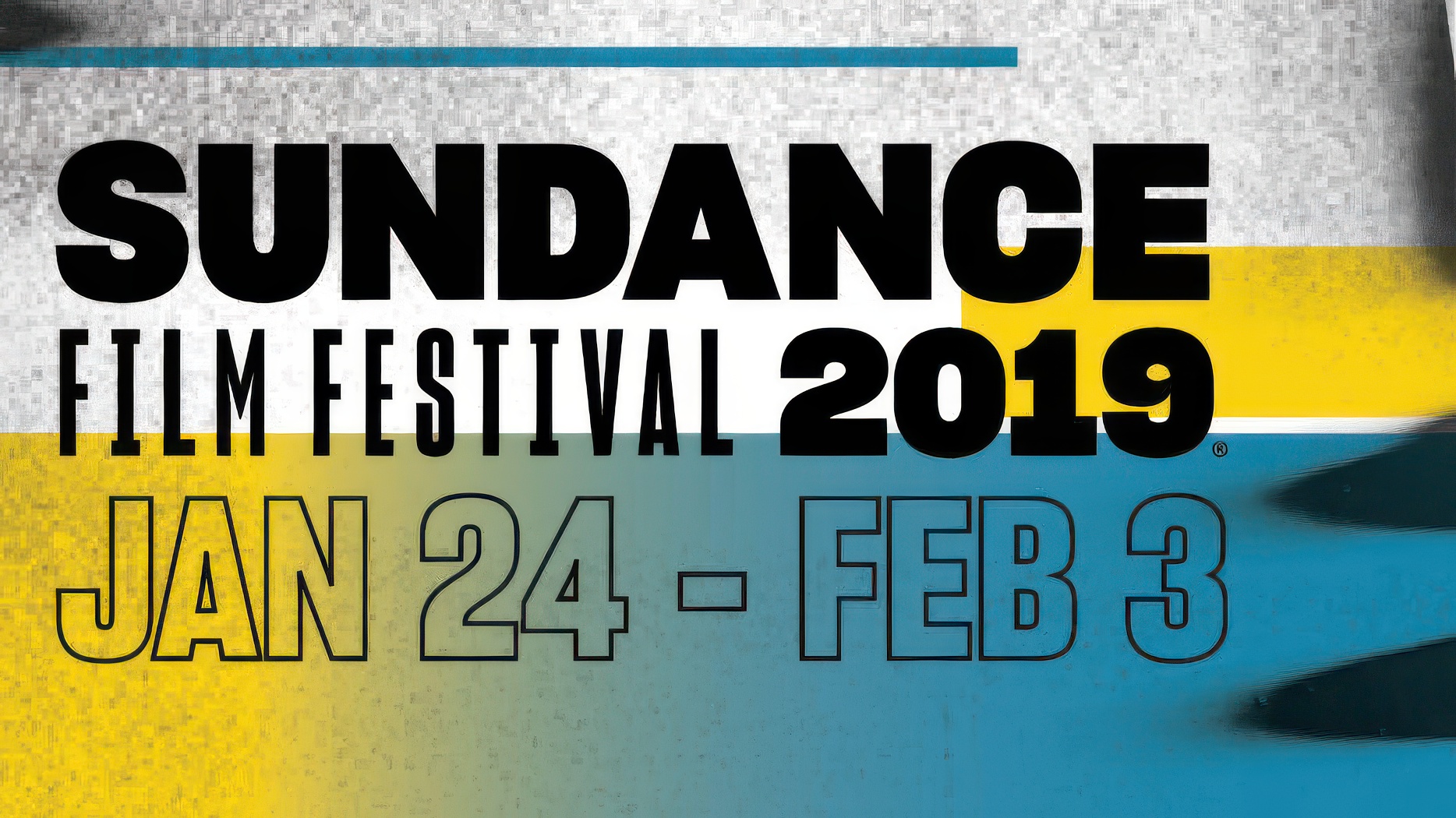Just as Hollywood drags 2018 way past the finish line with the Oscars set for Feb. 24 of this year, the Sundance Film Festival which closes this weekend kicks off the new year with 112 independent films, 56 of which compete in the US Dramatic and documentary categories, and World Dramatic and documentary competitions.
Sundance was a minority mashup this year, pretty hip, and had the old white guys on the run. Here are titles to look for, fresh outta Sundance.
The film I loved most was called Photograph by Indian director Ritesh Batra, in the non-competitive Premieres section of bigger films. It’s about a well-born young Indian woman whose family has big marriage plans for her until one day she chances across a street photographer outside the Gate of India Monument in Mumbai. He snaps her picture. It frames her conflict. Something snaps inside. We watch these two as they close the gap between them. You’ll see how when Amazon opens it in March.
American Factory couldn’t have been timelier. It’s by Julia Riechert and Steven Bognar and appeared in the US doc competition film. It’s is about the opening of a Chinese auto glass factory on the grounds of a dead Chevy plant in Dayton, Ohio. The doc is right on the money: there’s a culture clash, all right, between American workers and Chinese bosses. US work is more regulated and safer but less productive; Chinese work is more productive but essentially built on the concept of slave labor. American Factory leads you to the unhappy truth: Robots and AI are coming for a reason.
Clemency features a brilliant, mostly black ensemble cast in a film about the toll that capital punishment takes on the soul and the society: Alfre Woodard plays a prison warden pulled apart by her insistence on professionalism and the monstrous inhumanity of its practice. Wendell Pierce as her husband has had enough, Richard Schiff is a public defender tired of being roadkill, and Aldis Hodge is a young death row inmate numb to the machinery Woodard feels duty-bound but gutted about running. If we’re lucky, Woodard will be back this time next year as an Oscar nominee.
David Crosby: Remember My Name: Nobody seems to talk to David Crosby anymore, and Steven Stills—unlike Graham Nash and Neil Young—won’t even show up on camera to talk smack about him. Crosby wore the same clothes and the dirty red yarn mushroom cap at Sundance as he did in the film. He acknowledges that he’s hurt everyone up to and through God. But when director AJ Eaton takes Crosby to the house that became Our House, it’s a moving moment.
Fun? Fun was Jason Orley’s Big Time Adolescence in the Dramatic Competition, with Pete Davidson of SNL, doing his level best to destroy all of youth and civilization in one film.
Joe Talbot’s The Last Black Man in San Francisco is both majestic and theatrical. It’s set in the Mission District, where lead Jimmie Fails holds onto what is true, the way Troy Maxson tries to in the Hill District of Pittsburgh in August Wilson’s Fences. Talbot’s film echoes I compare these two films for a reason. See it.
Then there are a couple of docs about people we hate: Matt Tyrnauer’s Where’s My Roy Cohn, in the doc competition, gets up close and personal with Roy Cohn, the devil’s henchman from Joe McCarthy to Donald Trump.
Ursula Macfarlane, a young Brit, didn’t add much to what we know about Harvey Weinstein in Untouchable. To her credit, some of Harvey’s victims talk to the camera, going back to his days as a baby rock promoter in Buffalo. But why do feel that I got more from a waitress who remembers Harvey’s antics here in Sundance, I don’t know. Untouchable is a badly made film. And it needed what Mike Wallace—also the subject of a doc here called Mike Wallace Is Herealways did – to listen with suspicion.
Stanley Nelson’s Miles Davis: Birth of the Cool did something you rarely see these days in biographical sketches, which mostly focus on a narrow period and a key moment. Birth of the Cool travels the entire arc of Davis’ life from birth in 1926 in Alton, Il, through his early days in East St. Louis, to his death in France, at 65 in 1991, listed here as a stroke, after playing with Quincy Jones in Montreux. Along the way, Nelson twines magnificent archival film, photographs and testimony from prominent lovers and remarkable players—all of whom say they took a back seat to Davis’ music. Look for Miles Davis: Birth of the Cool to air on PBS, date TBD.
Finally, this year, Robert Redford announced it’s a wrap. He’s stepping back after 34 years as the festival’s founder and face. He showed America how to keep the conversation nimble. He was pretty cool, too.
Click above to hear Harlan’s review of Sundance.


